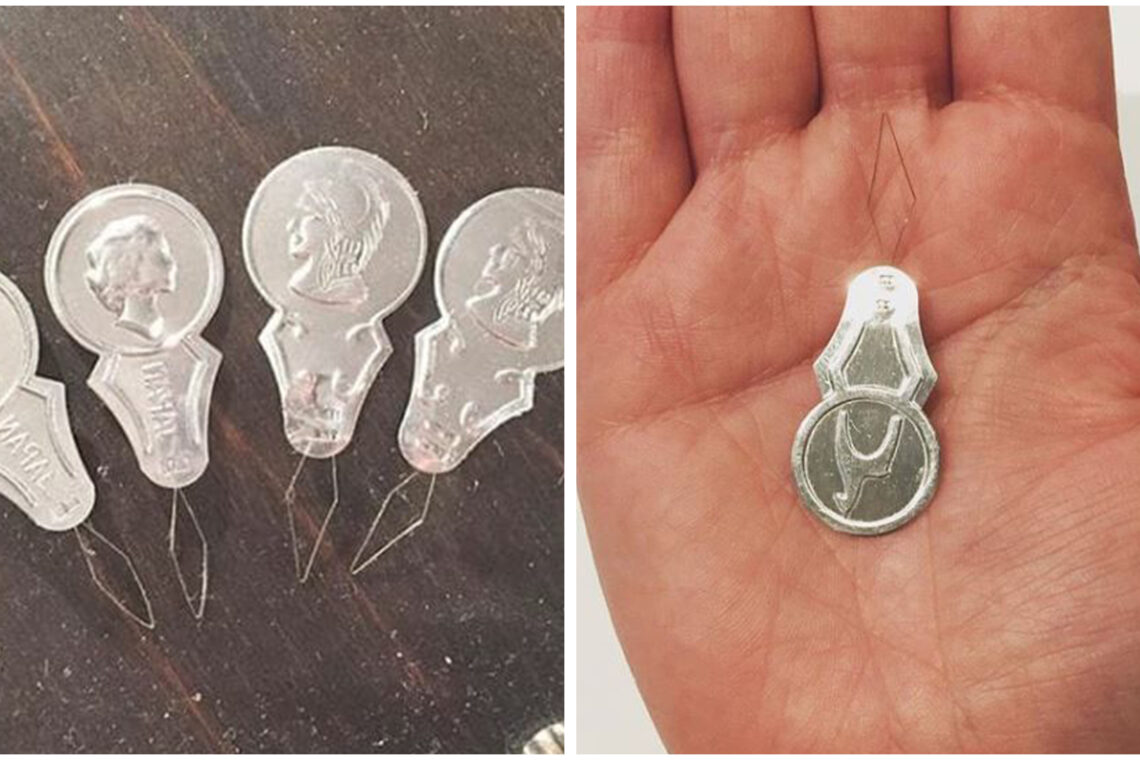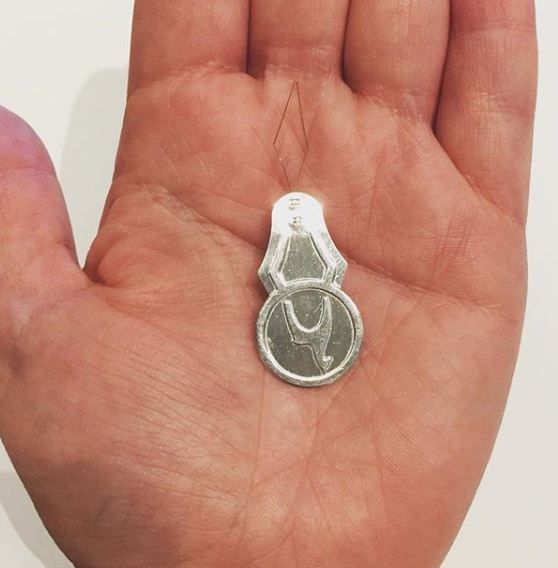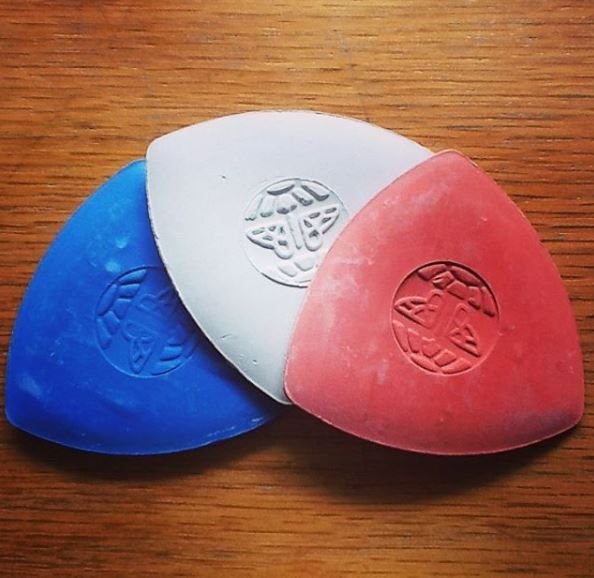
As technology surges forward at an incredible pace, the devices and tools that were once fundamental to our daily lives are slipping into the realm of memories. Nearly every aspect of our existence has been transformed by new inventions, from the way we communicate and entertain ourselves to how we accomplish daily tasks. The rapid evolution has left many items we once cherished to gather dust, their functions forgotten by newer generations who might struggle to guess what these peculiar gadgets were originally used for. It’s as if certain pieces of the past are now part of a time capsule, waiting to be rediscovered.
One of these mysterious objects from the past is a tiny tool that may resemble an oddly-shaped coin to some. But for those who were around a few decades ago, these small items had a very practical purpose and were likely a common sight in many homes. If you’ve ever needed to sew something by hand, you might remember these tiny yet essential tools: needle threaders.
These clever little devices were staples in sewing kits everywhere. Needle threaders, often adorned with a thin wire loop or an iconic embossed face, were incredibly handy for guiding thread through the eye of a needle. Sewing itself was a fundamental skill taught to young girls, and learning to use a needle threader was a small rite of passage. Nearly every sewing kit included one, tucked alongside other essentials like needles, scissors, tape measures, pins, and pincushions. Parents would often pass down this knowledge, showing children how to thread a needle with ease (or, sometimes, frustration). Although using these threaders could be a bit tricky, they offered a practical solution for tasks requiring fine motor skills, especially for those who didn’t have the steadiest hands.
Looking back, these small items hold more than utility—they’re tied to memories of learning and family traditions. For some, they bring to mind an image of sitting with a parent or grandparent, learning the ins and outs of sewing or mending clothes. This practice may seem outdated to today’s generation, who can order nearly anything pre-made with the click of a button. Yet for older generations, this tiny object serves as a nostalgic reminder of simpler times, when sewing was a common skill rather than a specialized hobby.
Other forgotten tools tell similar stories, carrying with them the memory of past eras. One example is tailor’s chalk, a small yet indispensable tool that was essential for anyone who wanted to sew or alter clothes. Tailor’s chalk was used to mark fabric, creating guidelines that could later be washed away. Though humble in appearance, this tool allowed precision that even modern sewing machines can’t replicate. But while those who once used it may recognize it right away, today’s generation might only guess at its purpose.
And there are more relics from the past, too, like oil can opener spouts. Decades ago, when motor oil was sold in metal cans rather than plastic bottles, these spouts were used to puncture and pour oil smoothly from the tin. Shaped somewhat like small hand shovels, they had a pointed metal end designed to pierce through the lid of an oil can. Today, this tool might look unusual, even alien, to someone who’s never seen a metal can of oil. However, to those who worked with vehicles or machinery in the mid-20th century, this spout was an everyday tool that made maintenance much easier.
Then, there’s the curious “church key.” Despite its name, this tool has nothing to do with unlocking buildings. Instead, it was a type of bottle and can opener used before the days of twist-off caps and pull-tabs. With a pointed end, the church key was used to punch holes in beer and soda cans, allowing people to open their drinks. Back when aluminum cans weren’t quite as standardized as they are today, church keys were vital for any gathering where refreshments were served. Seeing one today might bring back memories of family picnics or friendly gatherings, but to many young people, the church key might seem more like a mysterious artifact.
And who could forget the record adapters? To kids of a certain era, a record adapter was a nifty tool that helped play vinyl records with different-sized center holes. These small plastic or metal pieces would fit in the middle of a record, allowing it to be properly aligned on a record player. To children today, this adapter might look like a miniature frisbee, but for music enthusiasts from a previous generation, it was an essential part of listening to music. Before streaming services, records were one of the primary ways to enjoy music, and these adapters made it possible to play different types of records on the same player.

In a world dominated by streaming music and digital files, it can be easy to forget the tactile pleasure of handling a vinyl record or the anticipation of hearing the needle hit the groove. The record adapter was more than a practical device—it was a small bridge to a world of sound and nostalgia.
These tools, each representing a specific time and place, are now relics of an era when everyday tasks required ingenuity and hands-on solutions. They’re reminders of how technology has evolved and how our interactions with objects have changed along the way. While it’s clear that advances in technology have made many aspects of our lives easier, they have also replaced the physicality and small rituals associated with these objects. Opening a can with a church key, sewing a hem with a needle threader, or listening to a record with the help of an adapter—all of these were experiences that engaged us in ways that current technology often bypasses.

Perhaps, as we continue to move forward, it’s worth pausing every now and then to remember these small but significant pieces of our past. They’re not merely old tools; they’re fragments of our collective history, symbols of simpler times, and reminders of how we once navigated the world around us. Recalling these items and the memories tied to them serves as a reminder of how far we’ve come and the physical connections we’ve replaced with digital conveniences. So, the next time you see one of these old tools, take a moment to appreciate the role it once played in someone’s life. Whether it was threading a needle or opening a can, these items tell the story of a world that’s changed dramatically but is still just a memory away.

